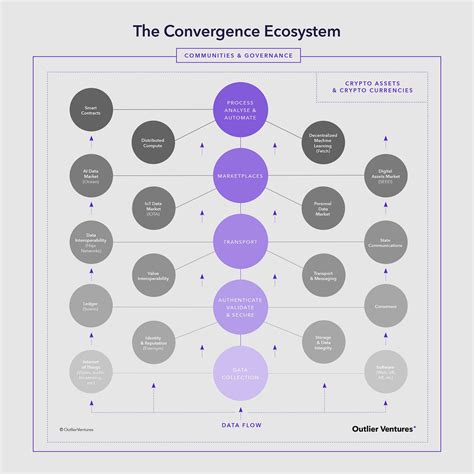Future of decentralized funding: insight into Ethereum Classic (etc.) and non -blurred tokens (nfts)
The financial world is undergoing a major transformation leading by the growth of decentralized technologies. Cryptocurrencies such as Bitcoin, Ethereum and others have interrupted traditional financial systems, create new opportunities for investment, lending and trade. In this article, we examine two emerging tendencies in decentralized finances: Ethereum Classic (ETC) and non -blurred tokens (NFTS).
Ethereum Classic (etc)
Ethereum Classic is a betting director (POS) cryptocurrency taken from the original Ethereum Blockchain. Although it has been operating since 2016, etc. In recent years, he has been attracted to an innovative approach to scaling and security.
In the ETC, validators are rewarded with a certain number of etheric trees to all validated blocks. Traditional work (pow), etc. However, instead of using it, it relies on the “gas” system that allows validators to obtain rewards by performing specific operations. This is etc. It is more energy efficient and less prone to centralization.
ETC success can be attributed to:
* Stable care : Unlike many other cryptocurrencies, etc. The total amount of 21 million tokens is ensured that the value of the token remains stable.
* Scalability : The gas system allows faster transaction times and higher transmission speeds, suitable for high traffic applications, etc.
* Safety : The ETC POS consensus mechanism is more resistant to centralization attacks than traditional POW algorithms.
NO HEMUGIBLE TOKENT (NFTS)
Non -blurred tokens (NFTs) have been a huge popularity in recent years, especially among art collectors and fans. NFTs are unique digital devices that represent the ownership of a particular element, such as artwork, music or collected.
The appearance of NFTK is attributed to the following factors:
* Unique ownership : Unlike traditional digital devices, which can be repeated, NFTS offers a safe and counterfeiting mode to prove ownership.
* decentralization
: NFT markets such as Opensea and Ritibl
* Digital scarcity : The rarity and uniqueness of the NFT creates urgency among consumers, increasing demand and prices.
However, the NFT market faced significant challenges, including the following:
* Voatality

: Prices of certain NDFs have experienced significant fluctuations due to market emotions and limited supply.
* Regulatory uncertainty : Governments continue to struggle with digital devices such as NFTS regulation, creating uncertainty for buyers and sellers.
Insight at Ethereum Classic (ETC) and non -blurred tokens (nft)
While both ETC and NFT offer exciting opportunities for decentralized finances, there are key differences between the two:
* Safety : The ETC POS consensus mechanism offers a safer way to validate transactions compared to traditional blockchain networks.
* Scalability : In the GAS system, etc. allows faster transaction time and higher transmission speed to make it suitable for high-traffic applications.
* Stability : ETC’s fixed range ensures that the value of the token remains stable, unlike many other cryptocurrencies.
In summary, the future of decentralized finances seems promising, with the ETC and the NFTs, which seem significant. Although there are challenges that need to be overcome, such as regulatory uncertainty and volatility, these innovations offer exciting opportunities for investors, collectors and users alike.
Next steps
- Informed : Follow the reputable sources and newsletters to keep up to date with the latest developments in the ETC and NFTS.
2.